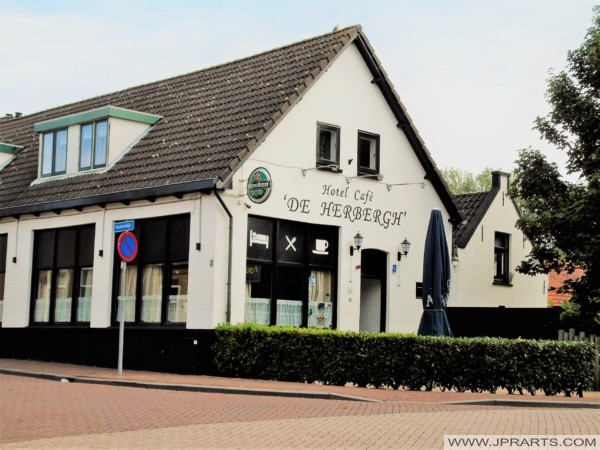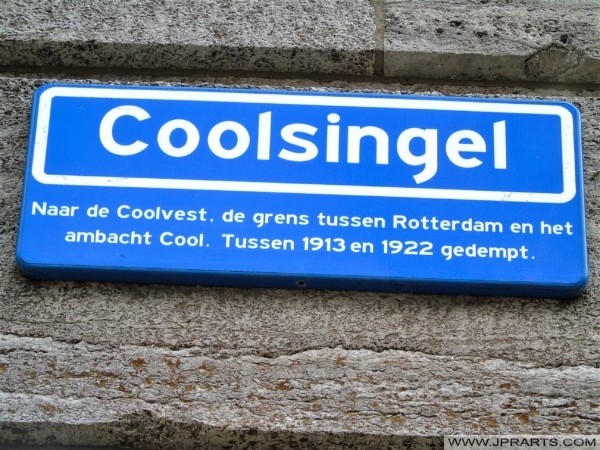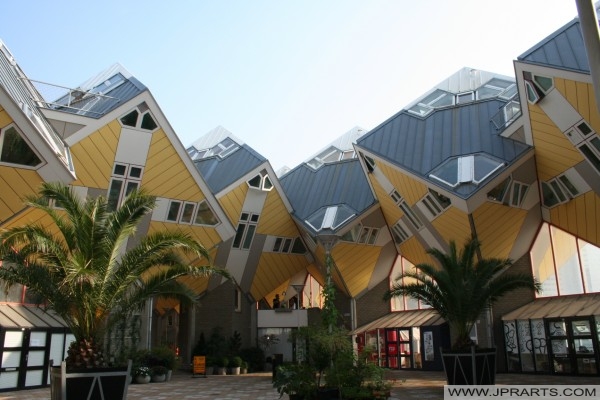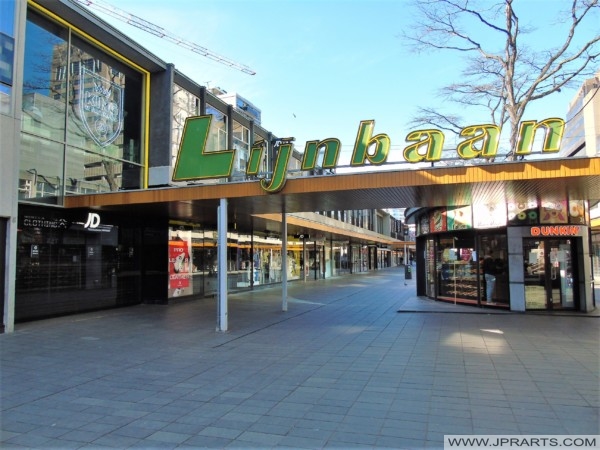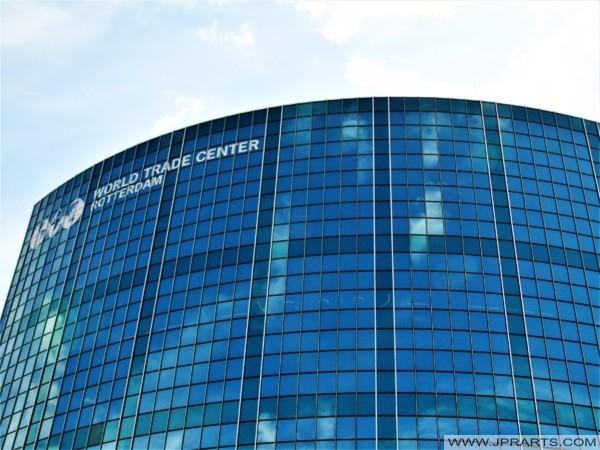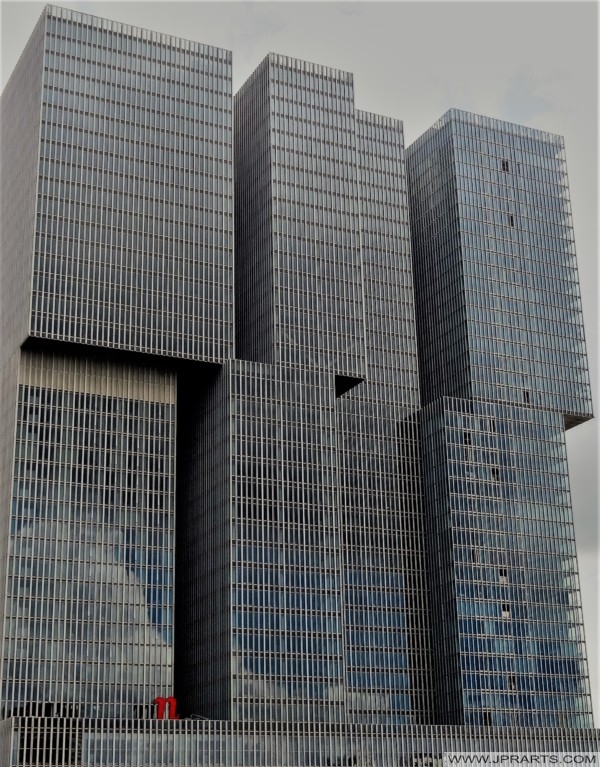De Blaak is a big street in the center of Rotterdam in the Netherlands. The street is barely half a kilometer long, but tens of meters wide. The street was created by damping a 16th-century Blaak harbor in 1940. After World War II, the Blaak was developed into a business center and metropolitan boulevard. On both sides are high office buildings of banks, insurance companies and the Chamber of Commerce. The Willem de Kooning (art) Academy is also located there, and there is a tower block.
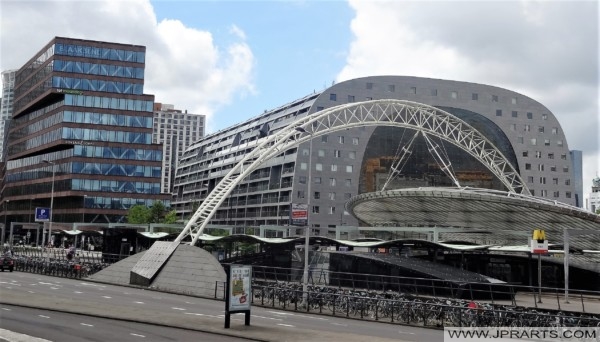
Blaak (Rotterdam, The Netherlands)
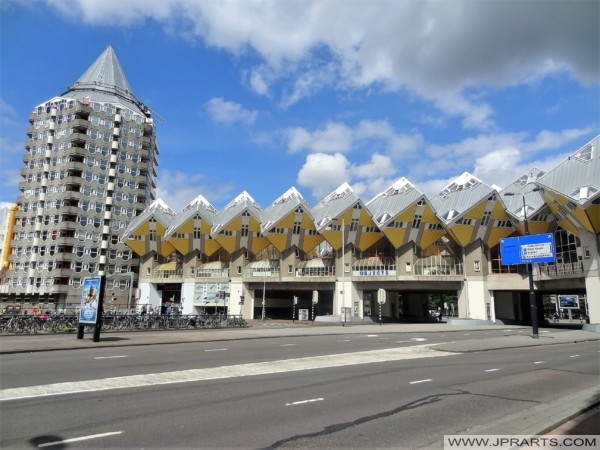
Блаак (Роттердам, Нидерланды)
Churchillplein is located at the western end of the Blaak. This is where the Coolsingel, Westblaak and Schiedamsedijk come out. Here, the Blaak has four deepened lanes in the middle for the fast traffic that passes under the square. The Beurs metro station is deeper below the square. At the eastern end, underneath the cube houses, the Blaak becomes Burgemeester van Walsumweg. Just before the cube houses is the Rotterdam Blaak underground train and metro station. Opposite is the driveway to the André van der Louwbrug.
Blaak (Rotterdam, Países Bajos)
بلااك (روتردام ، هولندا)
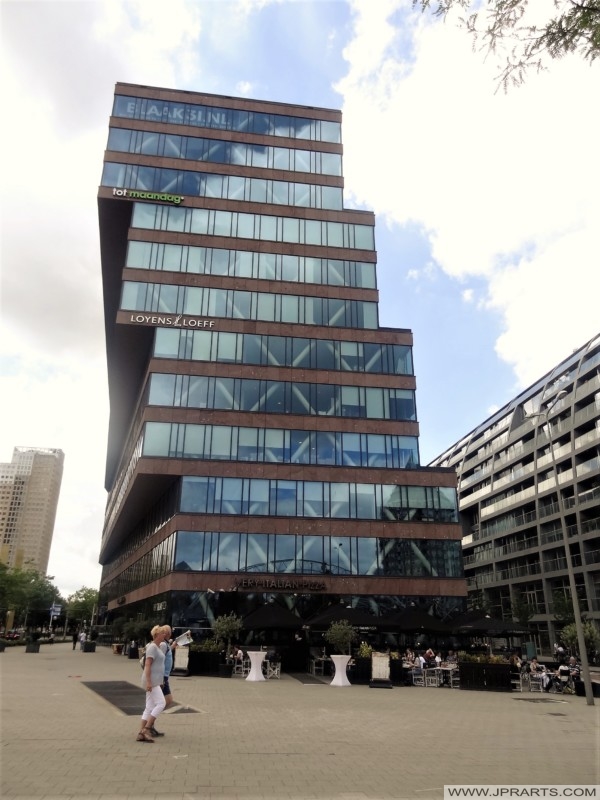
Blaak (Rotterdam, Niederlande)
Blaak (Roterdã, Países Baixos)
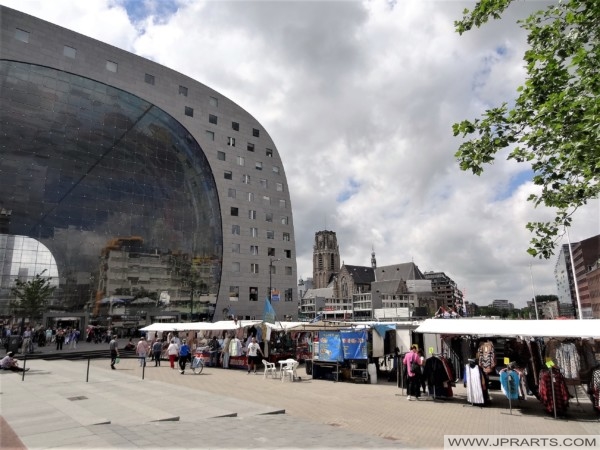
De Blaak was the old moat for the explanation of the city in the last of the 16th century. In the city accounts of 1480/81 and 1481/82 this moat is called ‘die Blake’. The name Blaak comes from the old Dutch word blaak which means “sparkling water” (blaken: shine, sparkle).
Rotterdam grew considerably in the sixteenth century. This was the reason for city expansion in the floodplains along the river Maas: the Water City. The western border was the extended Coolvest. De Boompjes, a new quay along the Maas, formed the southern border. New ports were built within this area, of which the Blaak was one. Since 1577 properties on the Zuidblaak were sold by the city as arable land, since 1581 also on the Noordblaak. Until 1613 the moat was used for shipwright yards.
Блаак (Ротердам, Холандија)
Blaak (Rotterdam, Pays-Bas)
ब्लाक (रॉटरडैम, नीदरलैंड)
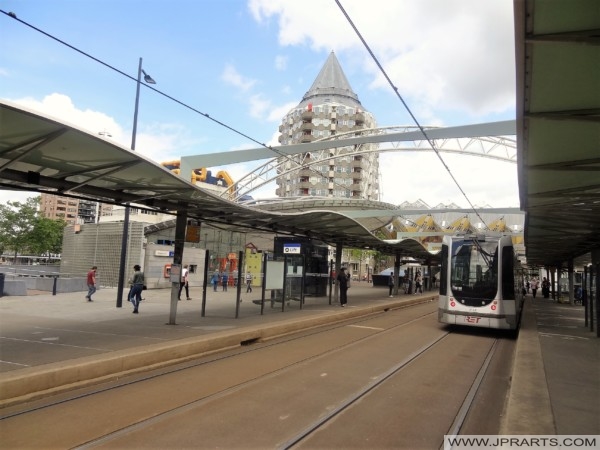
For a long time the Blaak was in the heart of the city. The merchant stock exchange therefore moved to Vischmarkt in 1635, which was later renamed Beursplein. The new building soon became too small. A larger building was completed in 1736; this served until the bombing of 1940. In 1877 Beurs and the Luchtspoor railway station were opened. In 1941 the stock exchange moved to the new (fourth) stock exchange building on the Coolsingel. Beurs station was then renamed Blaak.
Housing construction was taboo on the Blaak until the late 1970s. After that, residential blocks and a tower block were built. De Blaak has evolved into a traffic road with sidewalks, cycle paths, a free lane for the tram, six lanes and a central reservation with two rows of trees. Underground is the metro. During its construction in the early 1980s, city archaeologists learned a lot about the earliest history of the area. In 1993 the Luchtspoor was replaced by the Willemsspoort tunnel. Blaak railway station then disappeared under the ground. It formed a whole with the metro station.
بلاک (روتردام ، هلند)
Visit Netherlands Travel to Book Flights and Hotels Cheap Online

